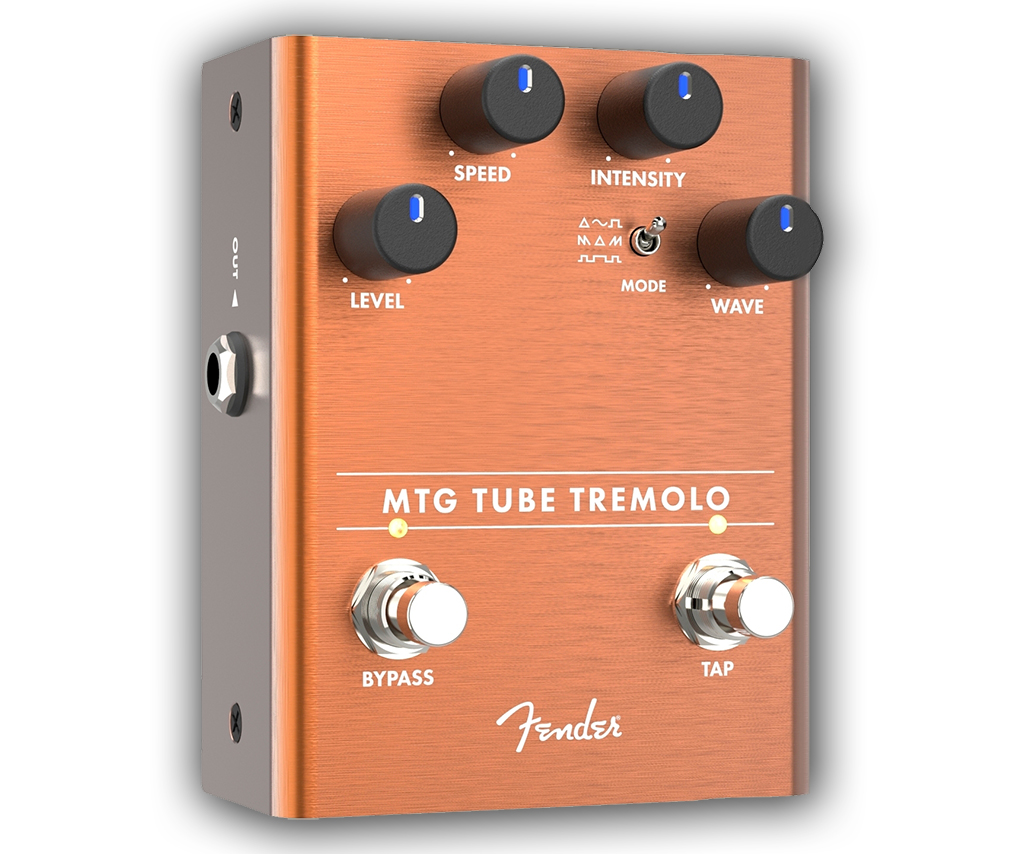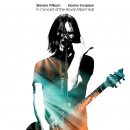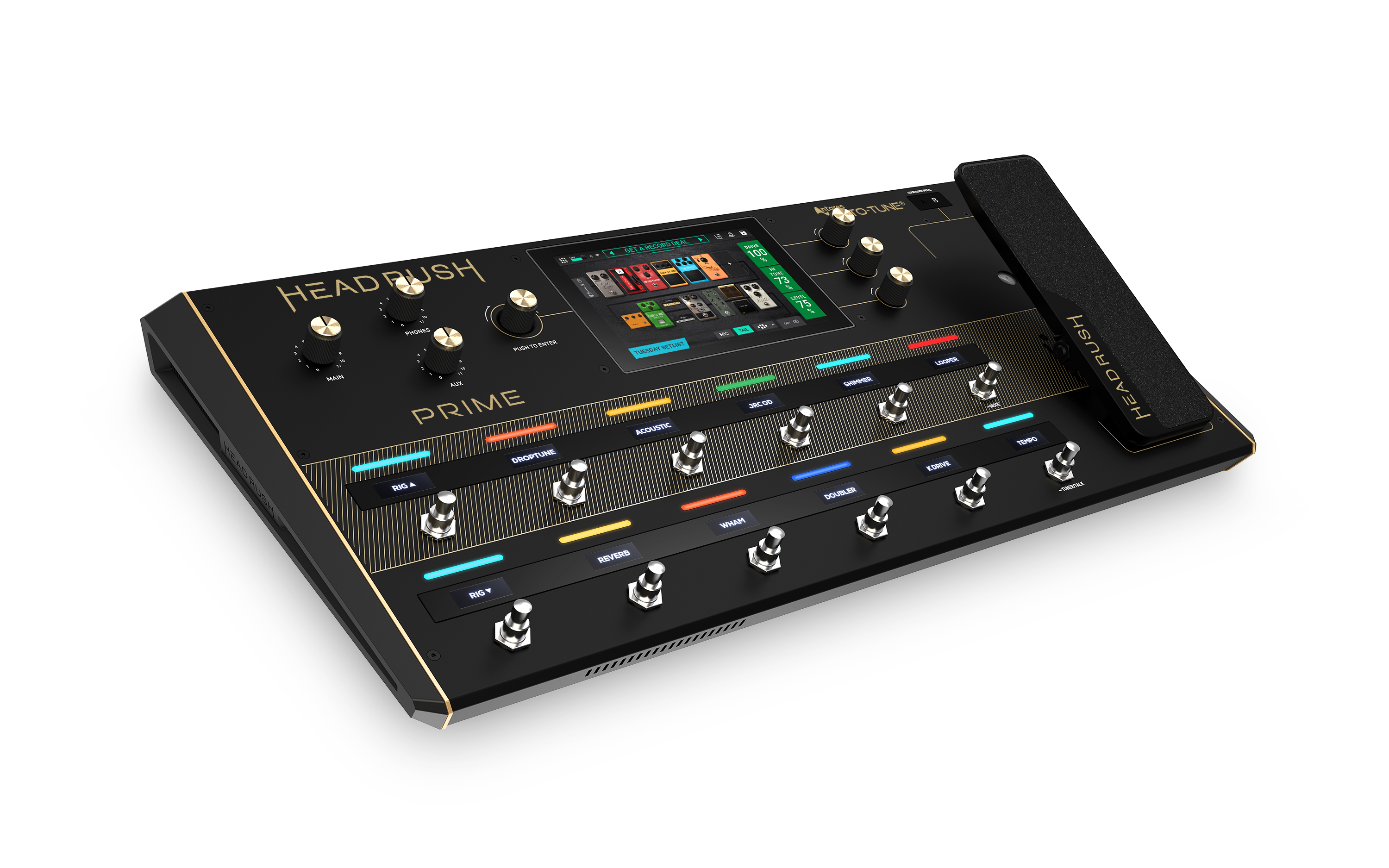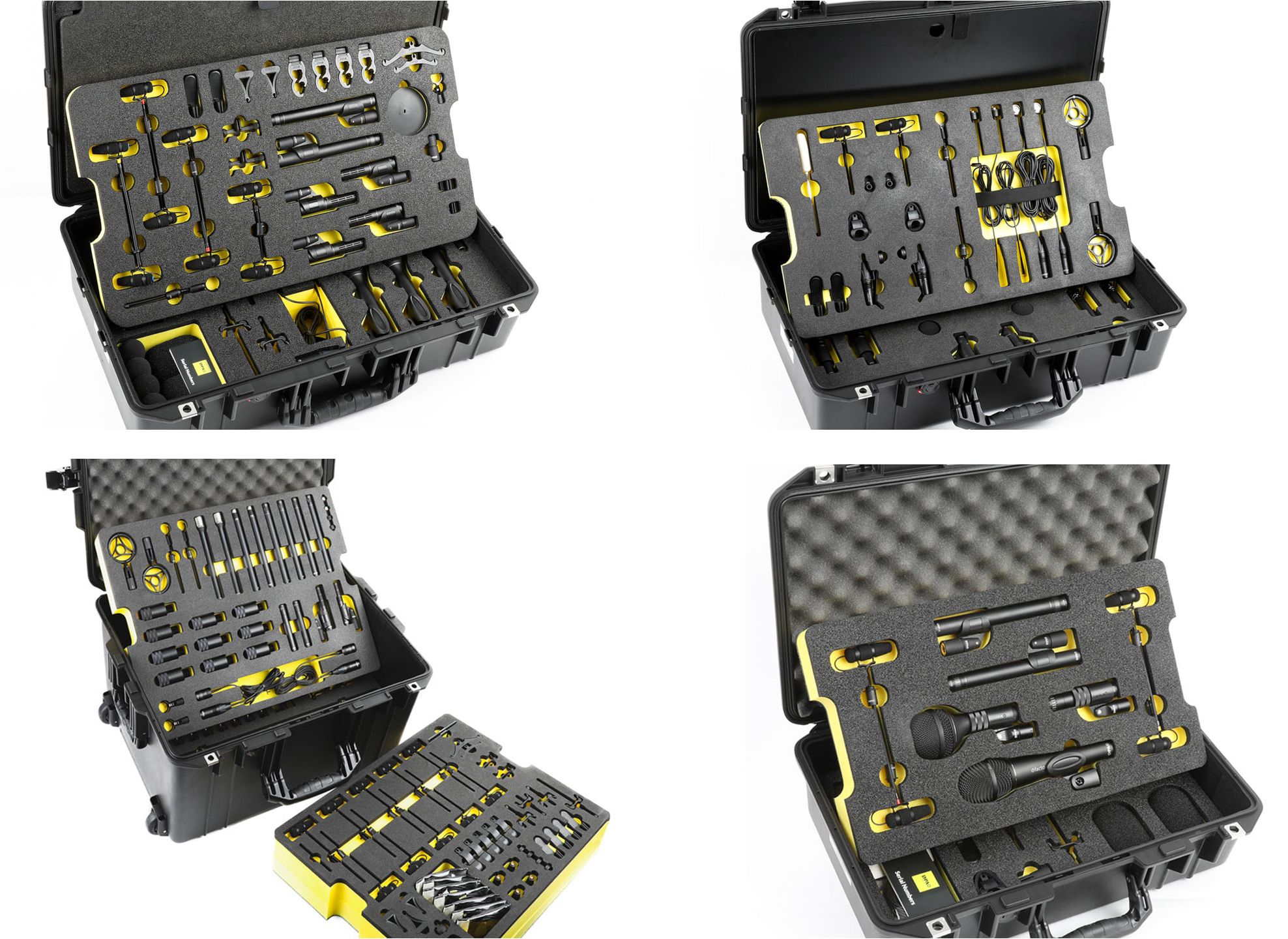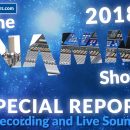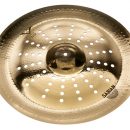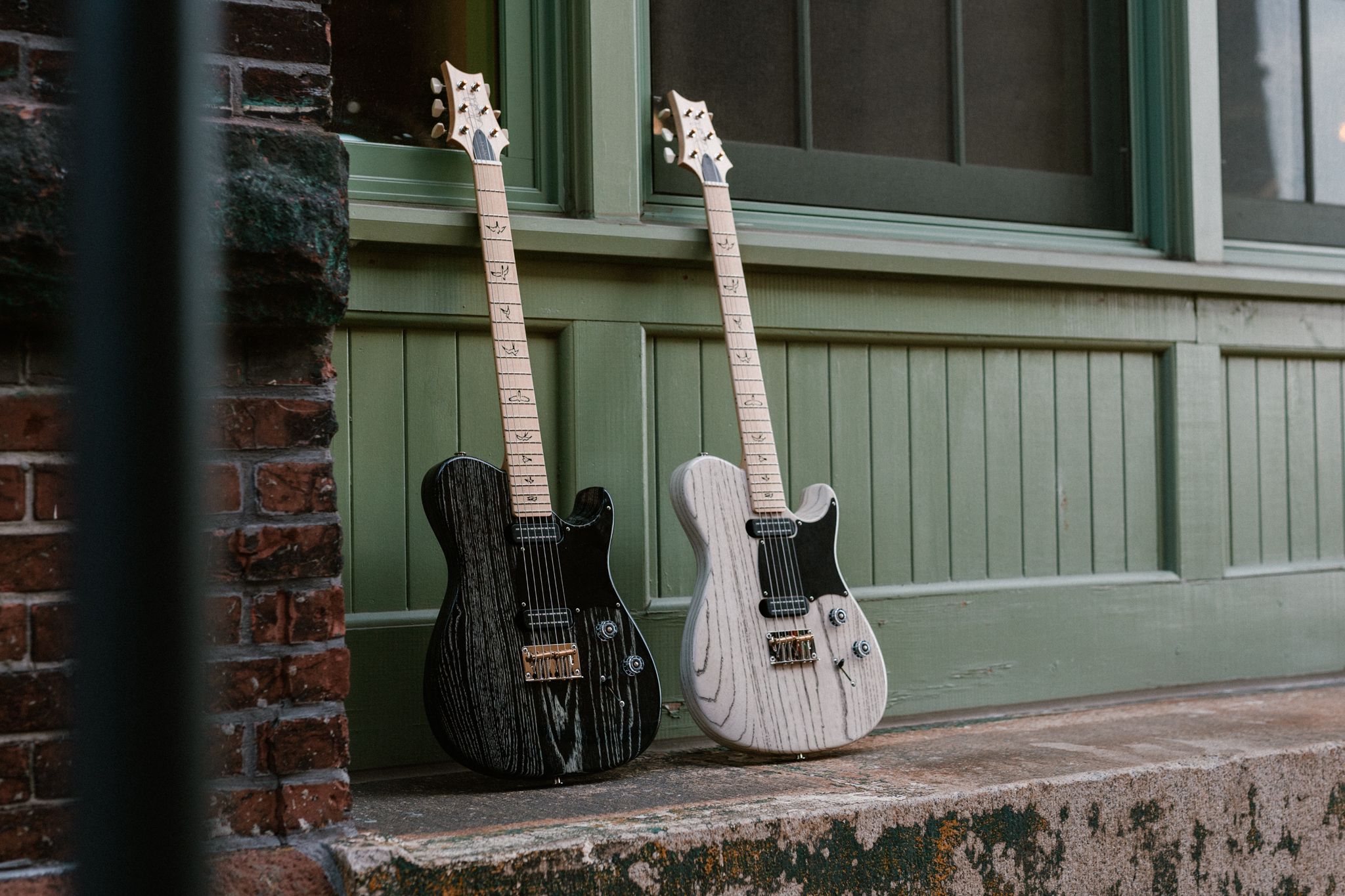 Why You Should Know Him
Why You Should Know Him
Tony “Bruno” Rey is a jack-of-all-trades when it comes to the music business. He’s done everything from playing hair metal to composing and arranging acoustic songs. Then there’s his ability to play in almost every type of genre. These talents combined make him a guitarist, writer, producer, composer, and arranger, which is more than you can say about most self-taught hair metal guitarists.
What’s significant about Rey, however, is that although he is incredibly talented and studied in the musical world, very few people know of him. He left his first breakout band, Danger Danger, before their self-titled debut album was completed. Then in 1987, he joined Saraya, the NJ-based band for which he has earned a rightful place on our list.
While Rey was creating AOR with a unique classic hard rock vibe in Saraya, they gained popularity with the rock radio hit, “Love Has Taken Its Toll.” Female singers fronting male, melodic hard rock bands back in the ‘80s were few and far between, but Sandi Saraya’s amazing voice and Rey’s catchy riffs and solid songwriting proved to be a respect-worthy combination.
Rey’s acoustic layered tracks and classic hard rock tones, with soaring leads and clever melodic progressions, made the band sound unique and more sophisticated than many of the hair bands of the day. And although it was released after the turn of the decade, 1991’s When The Blackbird Sings is an incredible hard rock concept album that deserves some extended listening from aspiring shredders.
The Gear
We spoke with Tony to find out exactly what he was using on the classic recordings, and his choice of gear is no surprise to anyone familiar with the pro guitar gear of the day:
“Ok, Saraya days (live) I was using the classic ADA MP-1 setup with two Bedrock 4x12 slant cabs/30 Watt Greenbacks in both. Main axe was that Lake Placid Blue ESP strat with a Seymor Duncan in the bridge and a Kramer Sustainer, flip-flop purple/blue. FX were a straight up Lexicon MPX-1 through the FX loop.
When we did the first record, I tracked with that rig (at Bearsville Studios in NY). But we did all the overdubs at Studio-1 in Austin, Texas and Jeff Glicksman, who was producing, brought in this Mashall Plexi that just leveled me. Used it on everything except ‘St. Christophers Medal.’ That track was recorded near 2:00 a.m. and we were drunk, tired and who knows what else, so when the solo came up during basics, instead of staying with the rhythm part, I just went for it. The next day, even though I wasn’t nuts about the tone, I LOVED the solo, so it stayed.
When we did Blackbird (and thank you for the praise... I still love that record), I needed to raise the bar a bit in terms of layers and tone. So I bought a late ‘70s Les Paul Jr. and started getting used to the way it changed my playing. I ended up writing the entire record on that guitar. I did all the demos on my home studio (Korg M1 and Tascam 8-track) and Sandi wrote most of the lyrics in the studio. Funny thing is, we recorded that record just outside of New Orleans and the studio had great vintage gear. So I ended up using a Tele on a LOT of those songs, the Jr., and a Fender Twin, my ADA, and a Roland Jazz Chorus all running together and coming up on six faders.
Danger Danger was another situation like that. The studio had this old Laney Pro-Tube Lead that sounded dope so I used it on the entire record, with my Lexicon MPX-1 and the Blue ESP.”
An added comment from Rey mentioned that his acoustic guitar parts were done on a Gibson J-200 acoustic, which he still owns today.
Where Is He Now?
After his work with Saraya, Rey performed and worked with acts such as Joan Jett and the Black Hearts, Billy Joel, Janet Jackson, Enrique Iglesias, Rihanna, and many more.
Tony played a string of shows around Texas throughout 2014, which consisted of his own solo work, his acoustic band, cover band, and his duo band. These shows were played in dive bars, backyards, pubs, and coffee shops for crowds as small as two to eighteen people. All of his influences are tied into his recent performances and are visible in his playing, as always.
Tony Rey went onto become the musical director for the Telemundo Network’s show, La Voz, and has since been focusing most of his efforts towards the show.
Back to the Top 40 Under-Appreciated Guitarists of the 1980s.




